Home>Gardening & Outdoor>Landscaping Ideas>What Does Potash Do For Lawns
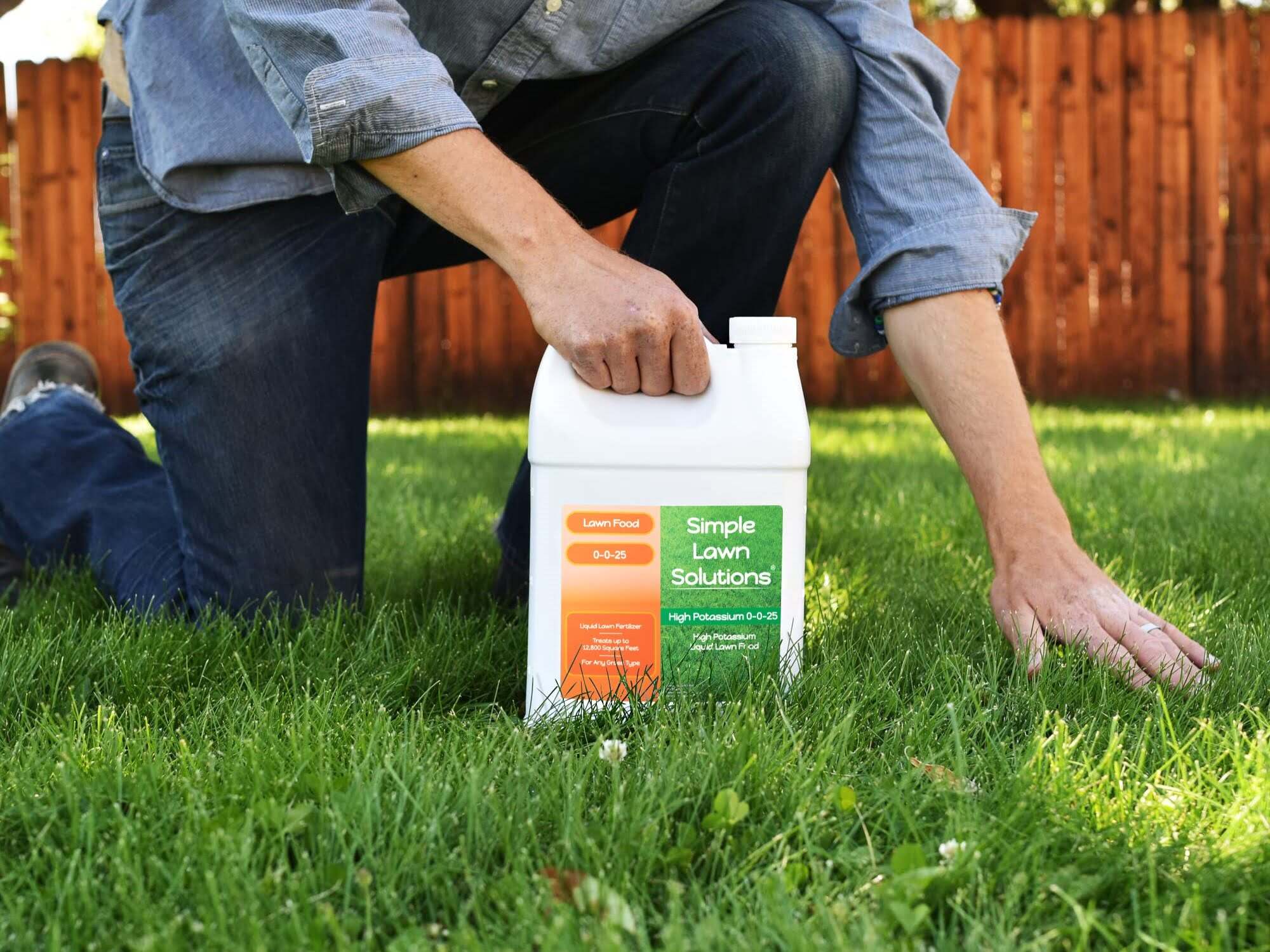

Landscaping Ideas
What Does Potash Do For Lawns
Modified: October 20, 2024
Discover how potash benefits your lawn and enhances your landscaping ideas. Learn about the importance of potash for healthy, vibrant lawns.
(Many of the links in this article redirect to a specific reviewed product. Your purchase of these products through affiliate links helps to generate commission for Storables.com, at no extra cost. Learn more)
Introduction
Welcome to the world of lawn care, where every element plays a crucial role in nurturing vibrant, healthy grass. Among the essential components for maintaining a lush lawn, potash stands out as a key player. In this article, we will delve into the significance of potash in lawn maintenance, exploring its role, benefits, and application methods. By understanding the impact of potash on your lawn, you can elevate your landscaping efforts and cultivate a verdant outdoor oasis.
Key Takeaways:
- Potash, a vital nutrient for lawns, enhances grass health by promoting stress tolerance, disease resistance, and robust root development. Applying potash in spring or fall can nurture a lush, vibrant lawn.
- Applying potash to your lawn involves soil testing, choosing the right product, and proper application methods. By customizing potash application, you can nurture a resilient, vibrant lawn that thrives under your care.
Read more: What Does RGS Do For Lawns
What is Potash?
Potash, also known as potassium carbonate or potassium salt, is a naturally occurring mineral compound that plays a pivotal role in plant growth and development. It is a vital source of potassium, one of the three primary nutrients essential for the well-being of plants, alongside nitrogen and phosphorus. Potash is commonly derived from the ashes of burned wood, a process that has been utilized for centuries to produce this valuable substance.
In its natural form, potash can appear as a white or grayish powder, often with a crystalline structure. This mineral-rich compound is integral to various agricultural and horticultural practices, serving as a fundamental ingredient in fertilizers, including those designed specifically for lawn care. Potash contributes to the overall health and resilience of plants, making it a valuable asset in the pursuit of vibrant, thriving lawns.
The Role of Potash in Lawn Health
Potash plays a multifaceted role in promoting the health and vitality of lawns. As a rich source of potassium, it facilitates numerous physiological processes within grass plants, contributing to their overall well-being and resilience. One of the primary functions of potash is its role in regulating water uptake and retention in plant cells, thereby enhancing drought tolerance and reducing the susceptibility of grass to wilting during dry periods.
Furthermore, potash aids in the synthesis of proteins and enzymes, essential for various metabolic activities crucial to plant growth. This mineral also supports the development of strong, robust root systems, enabling grass plants to efficiently absorb water and nutrients from the soil. Additionally, potash contributes to the regulation of stomatal openings, which govern gas exchange and transpiration, thereby influencing the plant’s ability to withstand environmental stressors.
Moreover, potash plays a significant part in bolstering the natural defense mechanisms of grass, thereby enhancing its resistance to diseases and pests. By fortifying the structural integrity of plant cells, potash contributes to the overall hardiness of the turf, making it less susceptible to damage and infestations. Overall, the presence of adequate potash in the soil is integral to fostering resilient, healthy lawns capable of withstanding various environmental challenges.
Applying potash to your lawn can help improve root development, drought resistance, and overall health. It also promotes strong stems and helps with disease resistance.
Benefits of Potash for Lawns
The application of potash offers a myriad of benefits that contribute to the overall health and aesthetic appeal of lawns. By incorporating potash into your lawn care regimen, you can expect to witness the following advantages:
- Enhanced Stress Tolerance: Potash aids in fortifying grass plants against environmental stressors, such as drought and extreme temperatures, thereby promoting resilience and longevity.
- Improved Disease Resistance: The presence of adequate potash levels in the soil can bolster the natural defenses of grass, reducing its susceptibility to diseases and infections.
- Promotion of Root Development: Potash supports the growth of strong, extensive root systems, enabling grass plants to access water and nutrients more effectively, leading to improved overall health and vigor.
- Regulated Water Uptake: By facilitating the regulation of water within plant cells, potash helps to mitigate the impact of drought and water stress, promoting consistent hydration and reducing the risk of wilting.
- Enhanced Nutrient Uptake: Potash plays a crucial role in the uptake and utilization of essential nutrients, contributing to balanced nutrition and optimal metabolic functions within grass plants.
- Overall Health and Vigor: The comprehensive benefits of potash culminate in the promotion of lush, vibrant lawns with enhanced resistance to various environmental challenges, resulting in a visually appealing and resilient outdoor space.
By recognizing and harnessing the advantages of potash, you can elevate the health and beauty of your lawn, fostering a verdant landscape that thrives in diverse conditions and remains resilient against potential stressors.
How to Apply Potash to Lawns
When it comes to effectively applying potash to your lawn, several key considerations and best practices can optimize the impact of this essential nutrient on the overall health and vitality of your grass. Here’s a step-by-step guide on how to apply potash to lawns:
- Soil Testing: Begin by conducting a soil test to assess the existing nutrient levels, including potassium. This analysis will provide valuable insights into the specific needs of your lawn and guide the appropriate application of potash.
- Determine Application Rate: Based on the soil test results, calculate the appropriate application rate of potash to ensure that your lawn receives the necessary dosage for optimal growth and health.
- Choose the Right Product: Select a high-quality potash fertilizer specifically formulated for lawns, ensuring that it is suitable for the grass species in your yard and compatible with your soil type.
- Application Method: Apply potash evenly across the lawn using a spreader, ensuring uniform coverage to avoid over-concentration in specific areas. It is advisable to follow the manufacturer’s instructions regarding the application method and recommended spreader settings.
- Timing of Application: Ideally, apply potash in the early spring or late fall to coincide with periods of active root growth, allowing the grass to effectively utilize the added nutrients for enhanced development and resilience.
- Watering and Incorporation: After applying potash, water the lawn thoroughly to facilitate the incorporation of the fertilizer into the soil. This will promote efficient nutrient uptake by the grass roots, maximizing the benefits of potash application.
- Maintenance and Monitoring: Monitor the lawn’s response to the potash application, observing improvements in growth, color, and overall health. Adjust future applications based on ongoing soil tests and the evolving needs of your lawn.
By following these guidelines and customizing the application of potash to suit the specific requirements of your lawn, you can harness the full potential of this essential nutrient, nurturing a resilient and vibrant grassy landscape that thrives under your attentive care.
Read more: What Does Phosphate Do For Lawns
Conclusion
As a fundamental component of lawn care, potash plays a pivotal role in nurturing the health, resilience, and vibrancy of grassy landscapes. By understanding the significance of potash and its multifaceted contributions to lawn health, you can make informed decisions regarding its application and integration into your landscaping routine. From enhancing stress tolerance and disease resistance to promoting robust root development and balanced nutrient uptake, potash stands as a cornerstone of comprehensive lawn maintenance, offering a multitude of benefits that culminate in the creation of lush, thriving outdoor spaces.
By recognizing the invaluable role of potash and adopting best practices for its application, you can elevate the health and beauty of your lawn, fostering a verdant oasis that captivates the eye and enriches the outdoor experience. Whether you are striving to revive a lackluster lawn, fortify it against environmental stressors, or simply maintain its optimal health, the strategic incorporation of potash can significantly contribute to the realization of your landscaping aspirations.
Ultimately, by embracing the significance of potash and harnessing its potential, you can embark on a journey towards cultivating a resilient, vibrant lawn that serves as a testament to your dedication to nurturing natural beauty and fostering a thriving outdoor environment for relaxation and enjoyment.
Frequently Asked Questions about What Does Potash Do For Lawns
Was this page helpful?
At Storables.com, we guarantee accurate and reliable information. Our content, validated by Expert Board Contributors, is crafted following stringent Editorial Policies. We're committed to providing you with well-researched, expert-backed insights for all your informational needs.

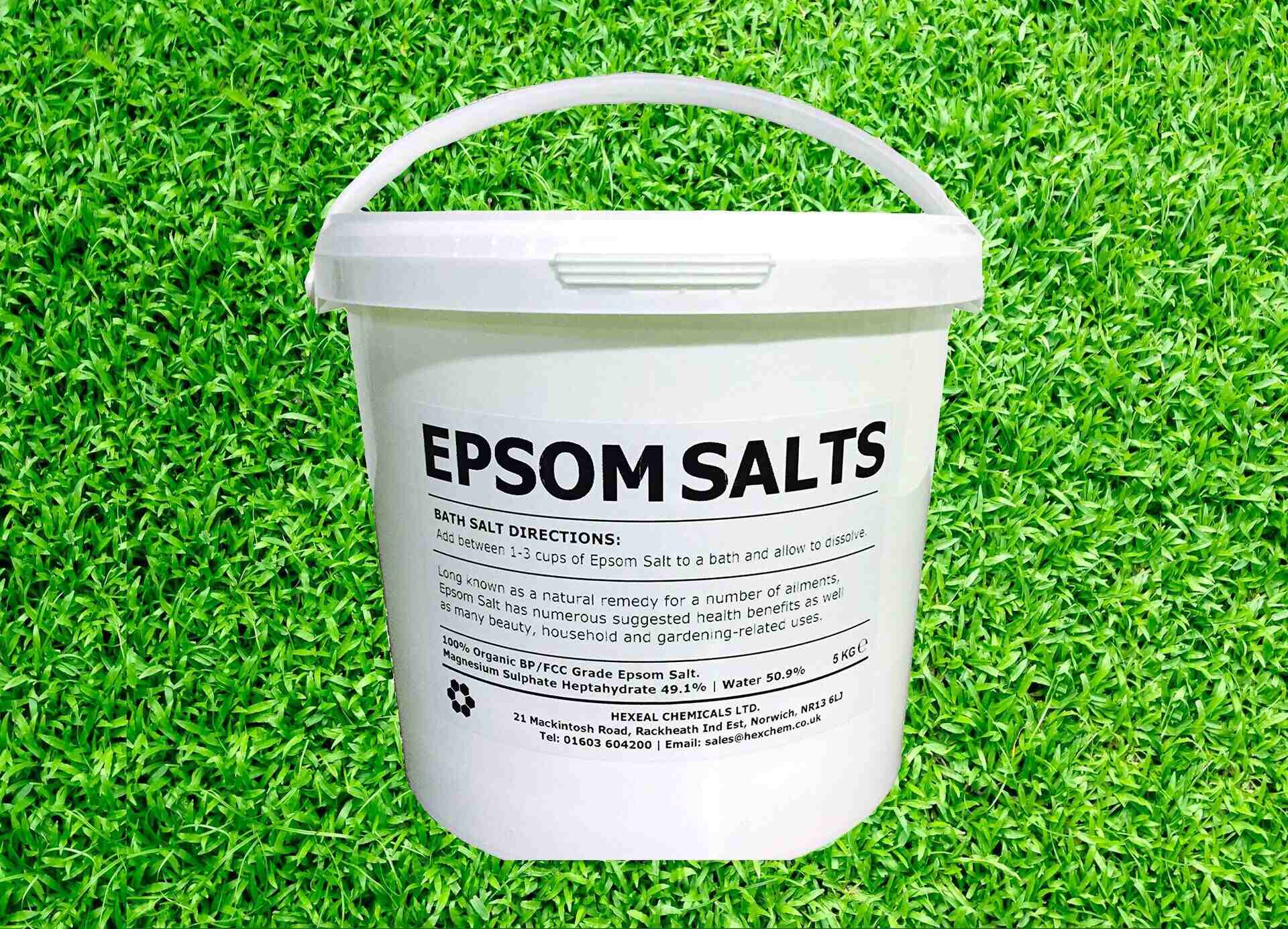
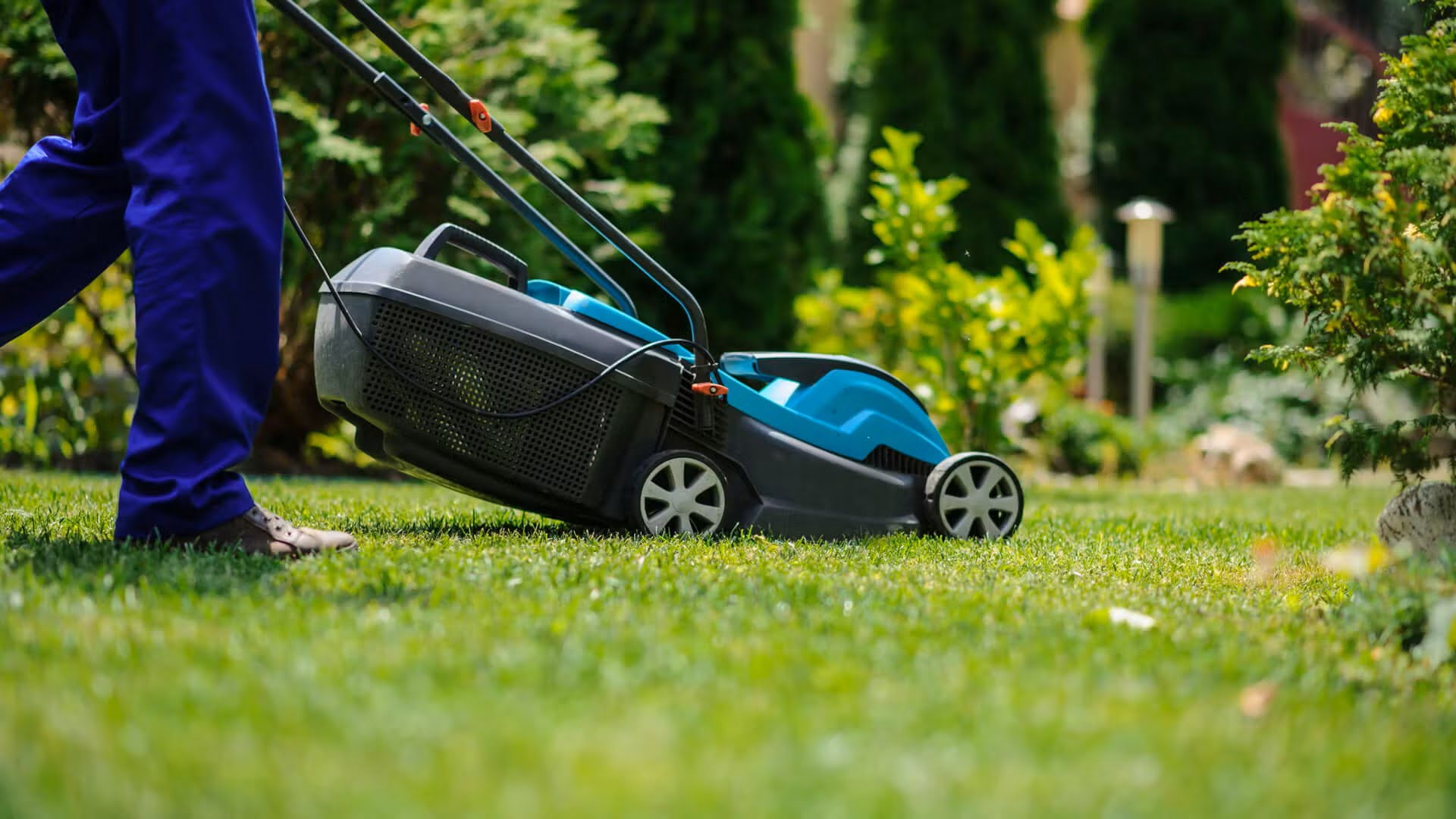
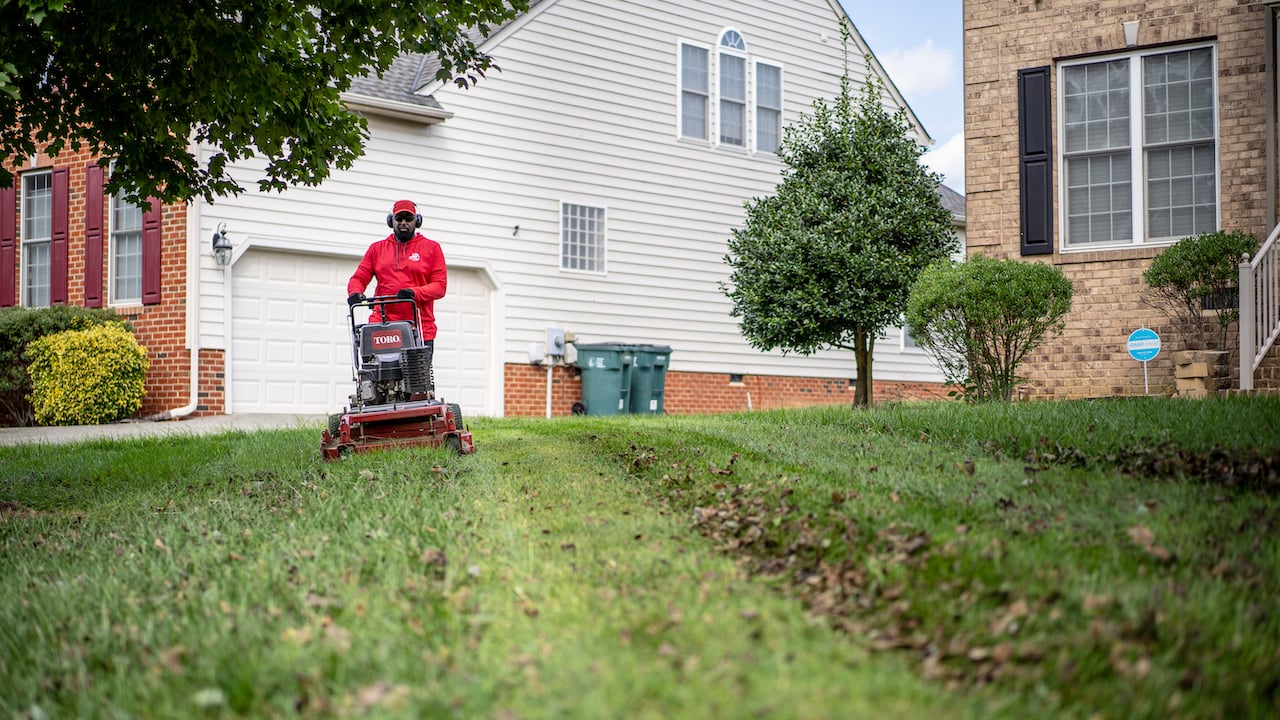
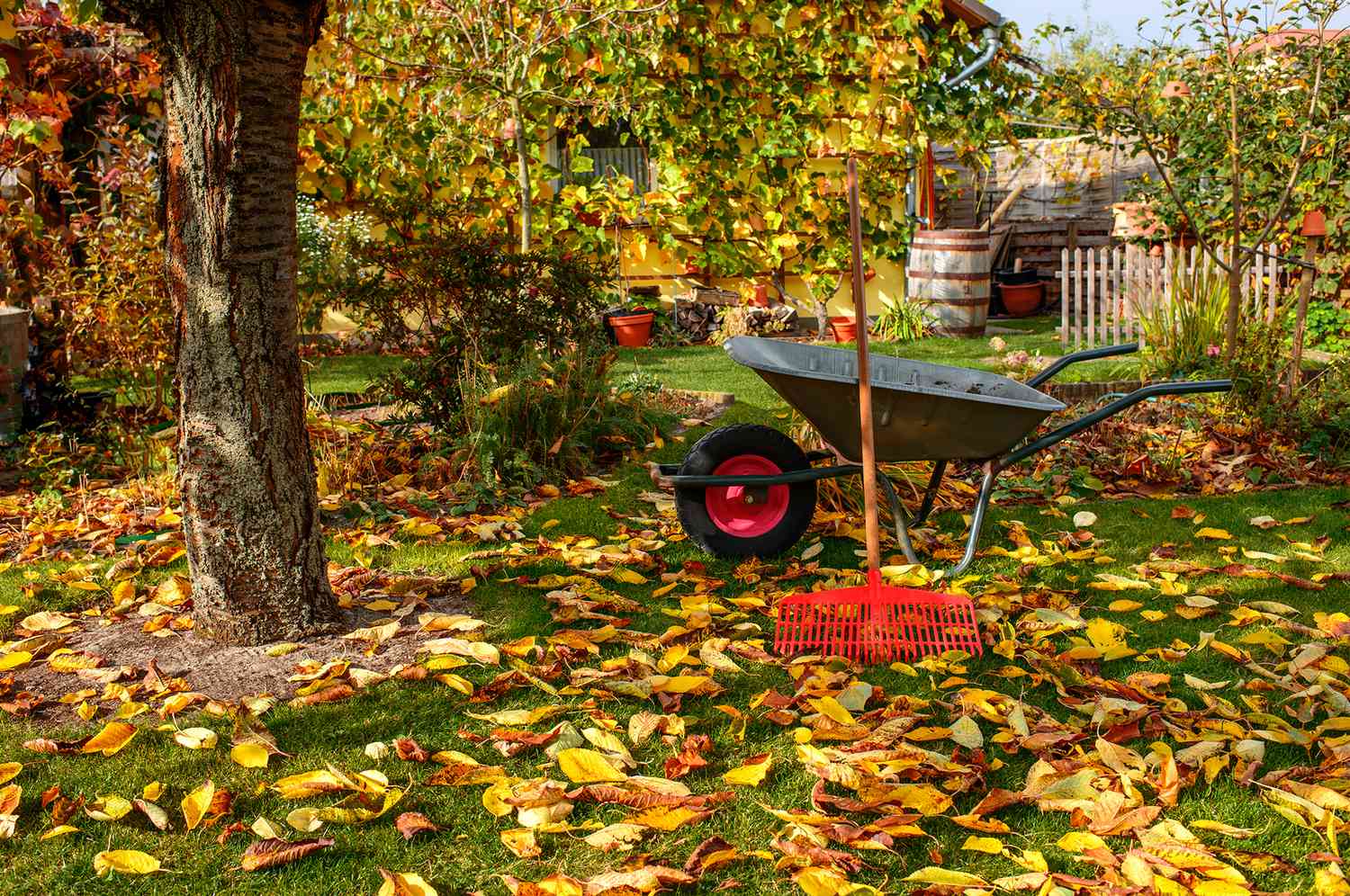
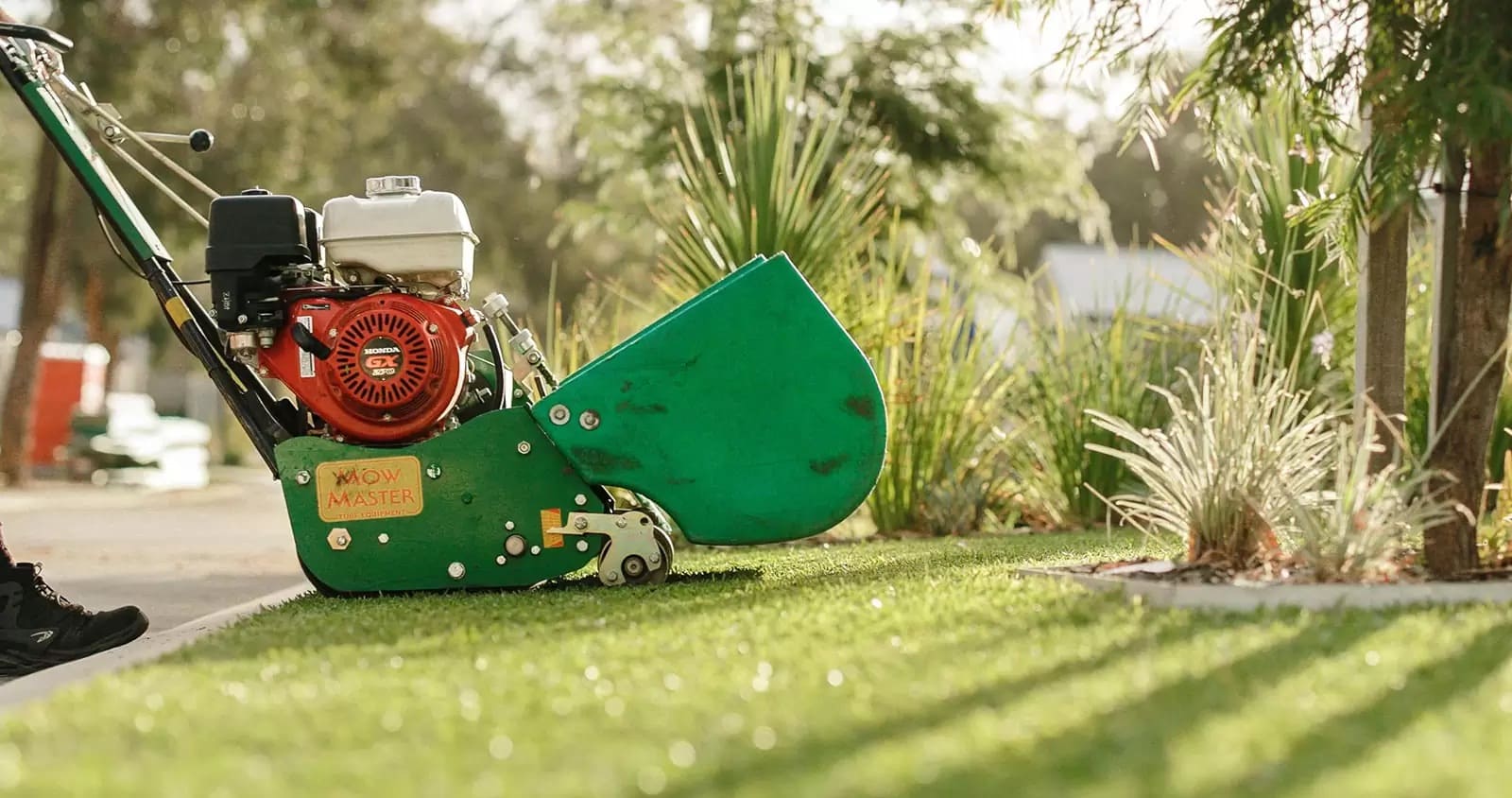
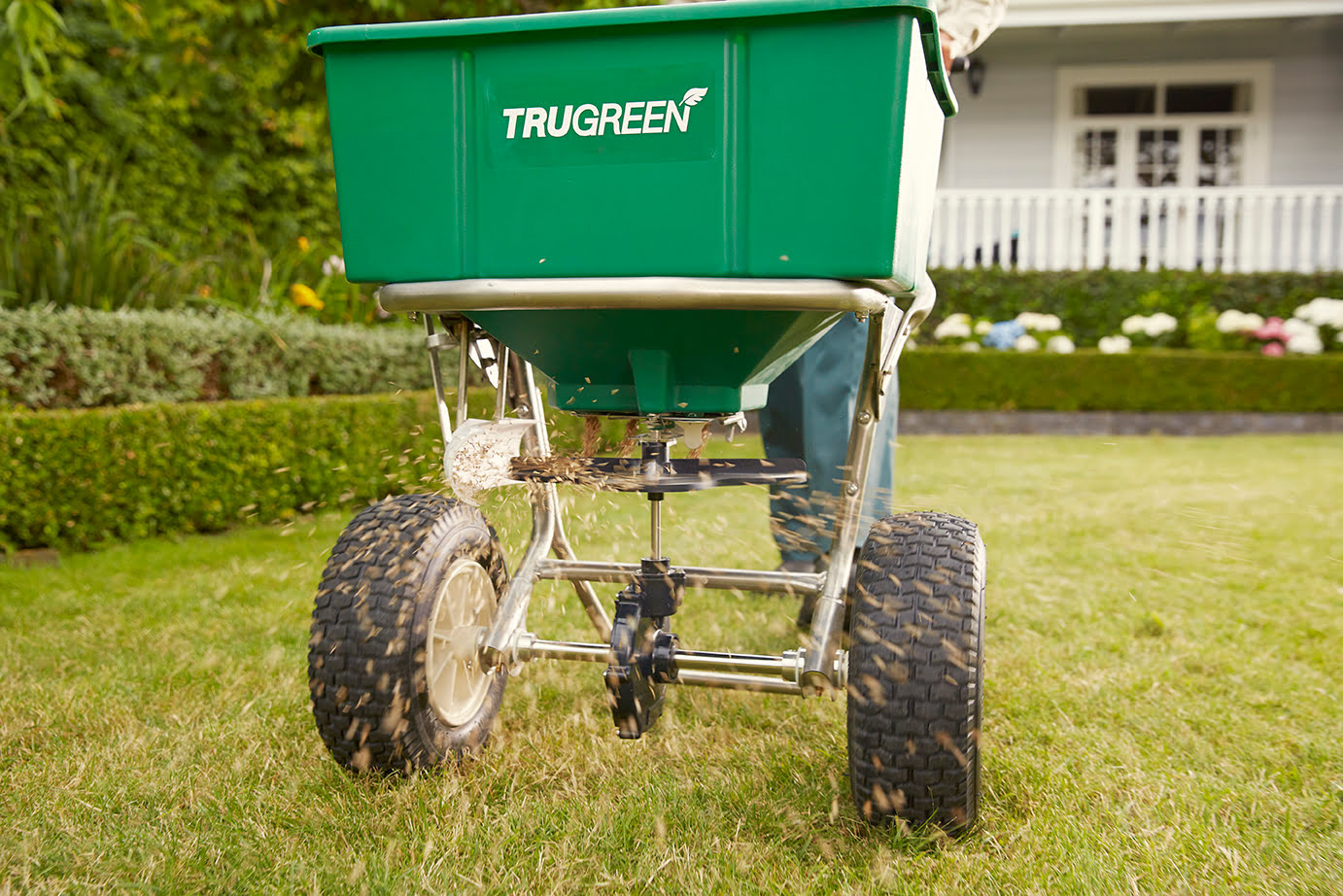
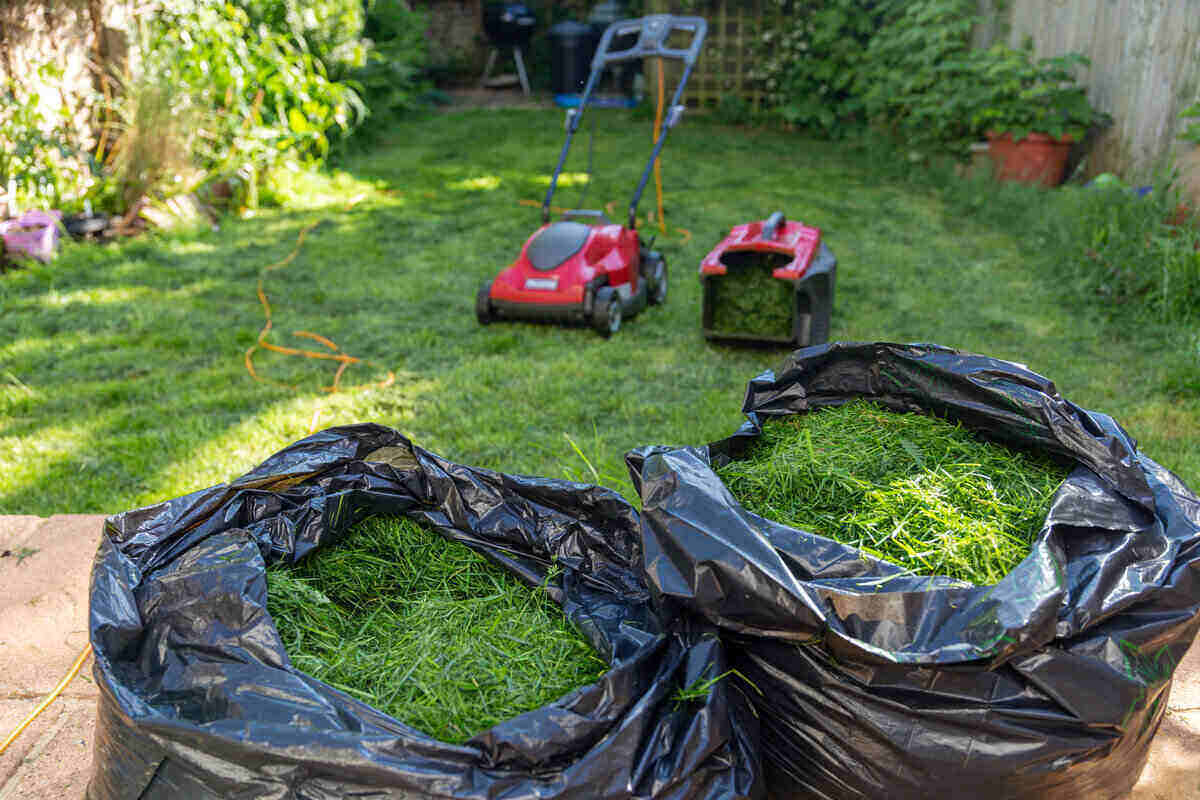
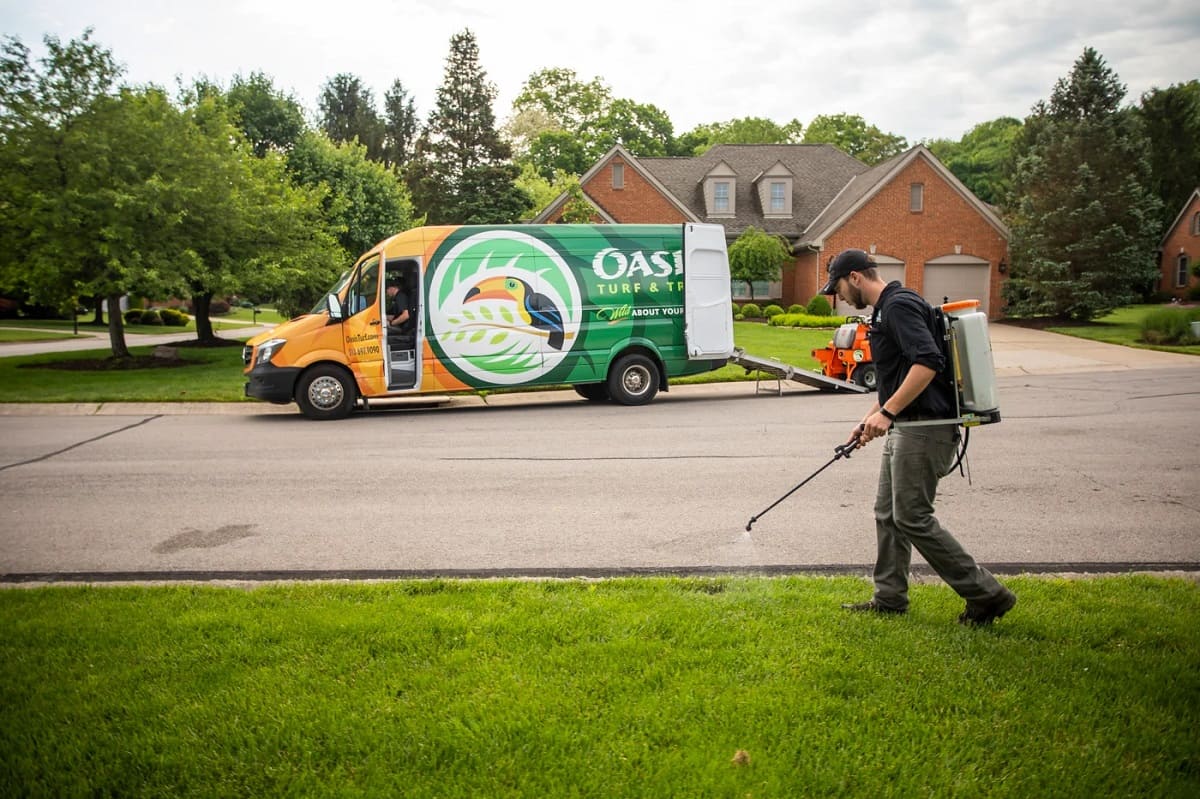
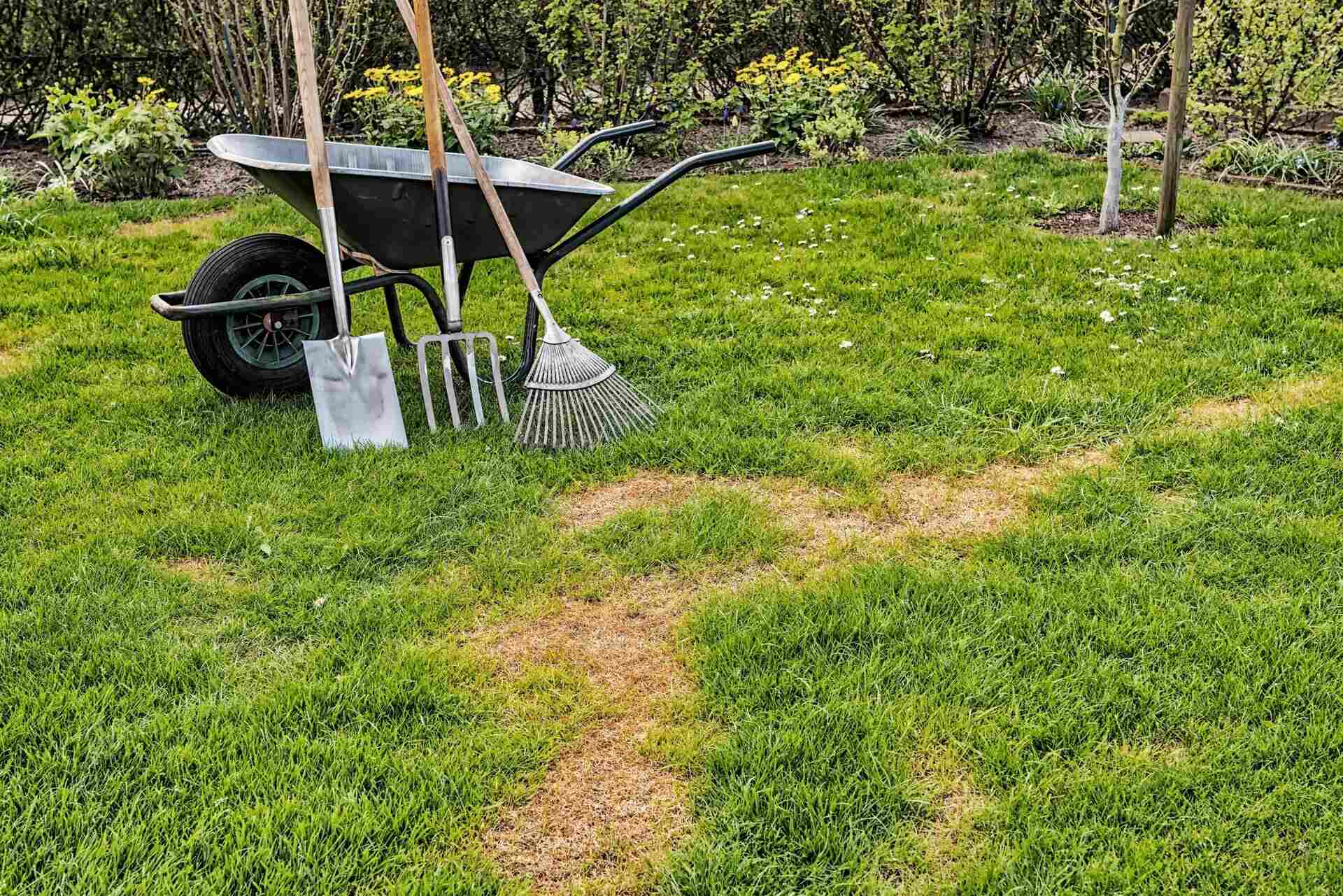
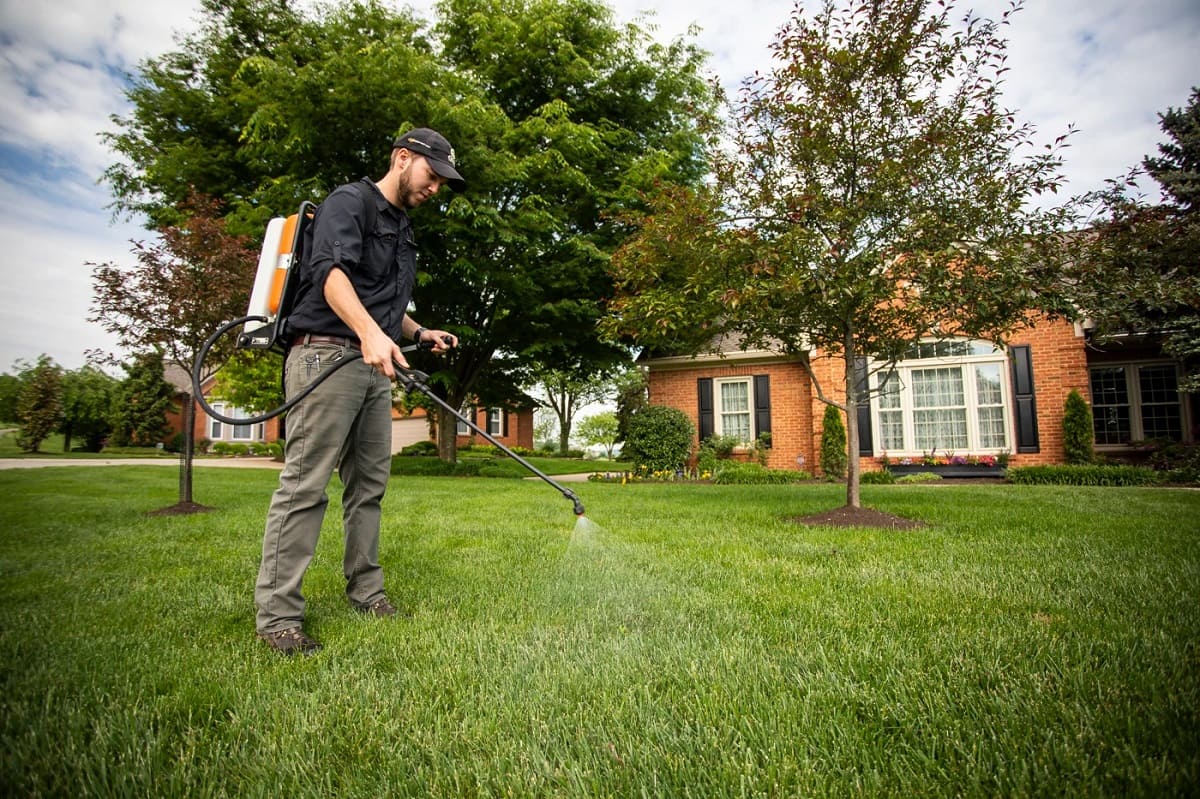

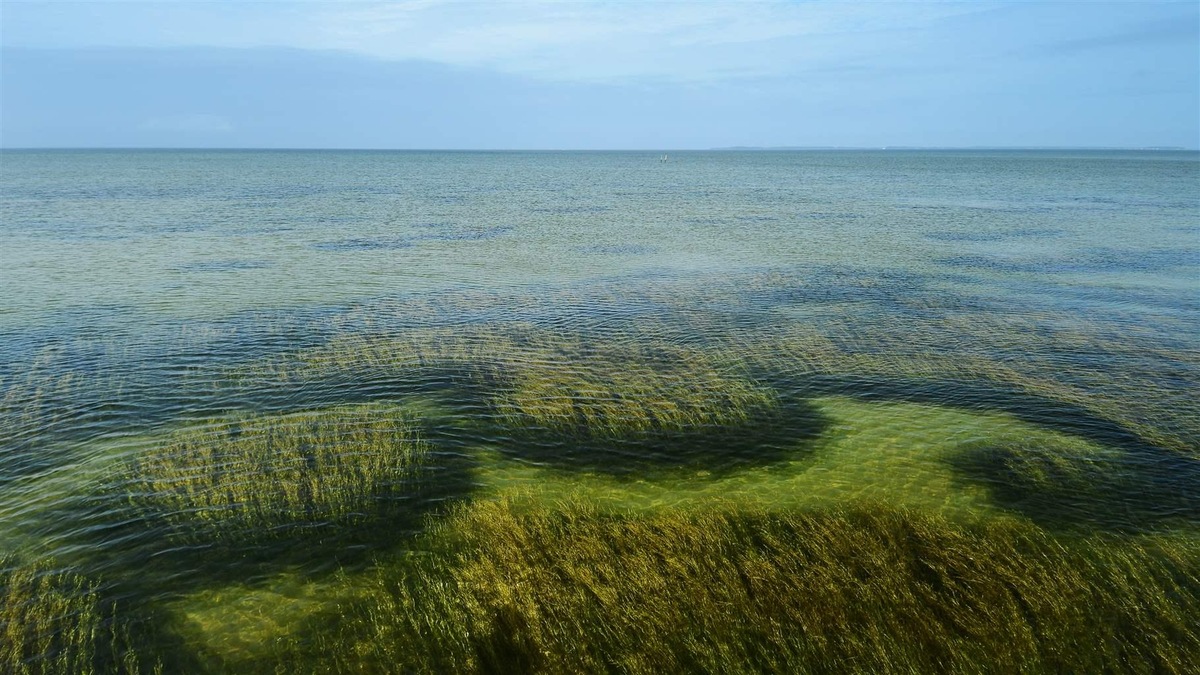
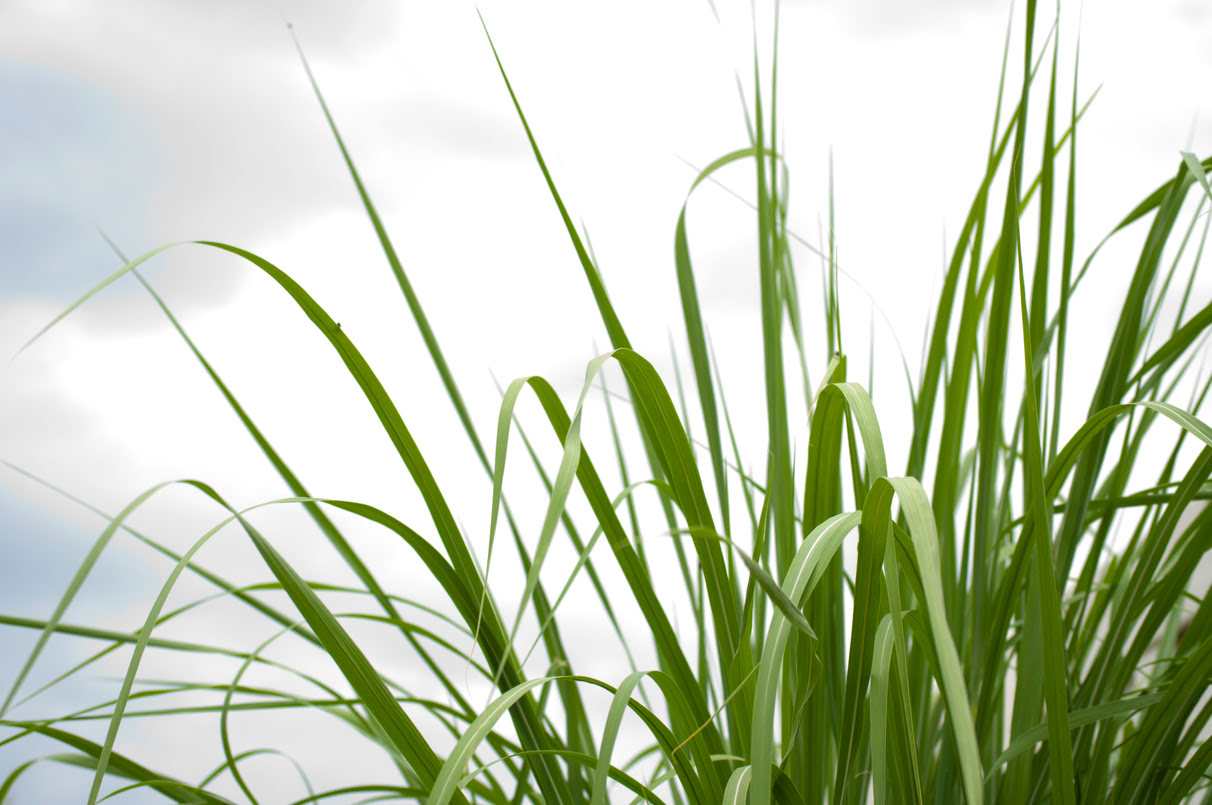

0 thoughts on “What Does Potash Do For Lawns”